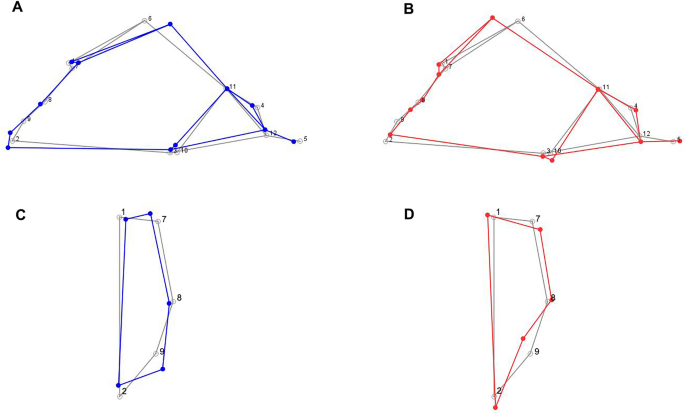Having a showy nose is essential for the sexual and reproductive success of proboscis monkeys (Nasalis larvatus).
These monkeys are known for their loud calls, made through the nose, which works like a trumpet, allowing them to emit loud sounds that attract females and intimidate rivals.
The scientific community has long speculated that the noses of these animals play a key role in mating and dominance, but concrete evidence has been lacking.
Now, a study published this Thursday in Scientific Reports has confirmed that the huge nose of proboscis monkeys is a sign of health and dominance.

As New Scientist details, the research team analyzed the anatomy and compared it with three other Old World species: blue monkeys, colobus monkeys and crab-eating monkeys.
They found that the nasal opening of male proboscideans is 29% larger than that of females. In the other three species, the difference between the sexes was between 7 and 15%.
In addition, males have a 26% larger nasal cavity than females, while in the other species the difference is between 7 and 17%.
These large differences between the sexes suggest that sexual selection does indeed play an important role.

The research team theorizes that these peculiar noses evolved because monkeys lived in very dense forests, where making loud calls was vital.
"The shape of the nasal cavity allows it to function as an echo chamber. They use it to create sound and resonance and then straighten out the soft tissue and use the nose as a trumpet," explains the study's corresponding author, Katharine Balolia, from the Australian National University in Canberra (Australia), quoted by New Scientist.
The females would then have selected mates with large noses as an indication of health and dominance, driving the evolution of larger noses.
"No monkey has a big nose like this. This nose has become a sign of health and dominance. Females find it attractive and males find it threatening," explained Katharine Baloli.
It is important to note that the proboscis monkeys reach their maximum size when the males are sexually mature, which is crucial for successful mating.






